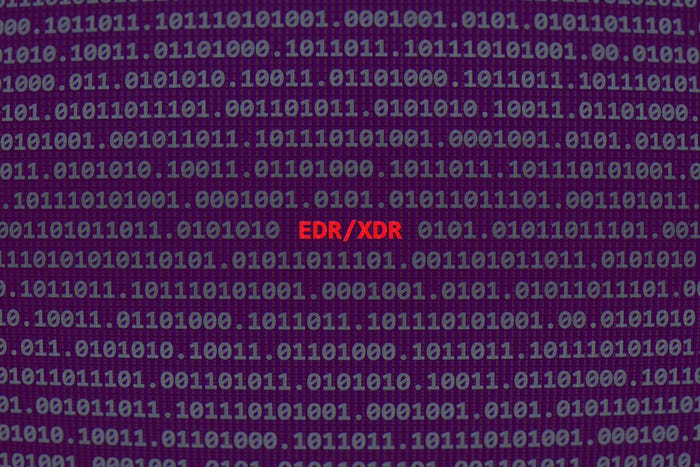In our <a href="http://www.informationweek.com/blog/main/archives/2010/06/the_cache_value.html">last entry</a> we discussed the value of using solid state disk (SSD) as a cache, which provides a simpler on-ramp to the accelerated world of SSD. With SSD cache there are no or limited changes needed to applications and using SSD as a cache does not require a large capacity investment in the more premium priced technology.

In our last entry we discussed the value of using solid state disk (SSD) as a cache, which provides a simpler on-ramp to the accelerated world of SSD. With SSD cache there are no or limited changes needed to applications and using SSD as a cache does not require a large capacity investment in the more premium priced technology.SSD as cache can benefit businesses of all sizes, whether you are a small business trying to get better performance out of your Exchange environment or a large one trying to optimize your Oracle environment. They also can be an effective money saver as well by delivering improved performance without having to add more or faster drives. Suppliers have been quick to jump on this market opportunity and there are now several cache solutions for direct attached storage, network attached storage (NAS) and storage area networks (SAN).
The simplest case is to use an internal SSD either as a drive or a PCIe card inside of a server. Several RAID controller manufacturers have added the ability to support an SSD drive to act as a cache in front of the drives attached to the RAID controller. For the cost of a single SSD drive, or two for redundancy, we've seen dramatic improvements in performance. The SAN can also benefit from cache and the solution does not necessarily have to come from your storage vendor. Several storage virtualization products have the capability to set aside several SSD drives as caching area for reads and in some cases even writes, to existing storage arrays. There are also a few products that are essentially caching switches, and don't require a storage virtualization engine. As is the case with the server example, this can greatly improve performance.
The above two examples cover the block world but NAS systems do not need to be left out. There are several devices that can be placed in front of NAS systems to cache CIFS and NFS traffic as it goes across the network. While many assume that the network is the bottleneck in high performance NAS environments, the thrashing of disk I/O is sometimes the root of the problem; caching should help alleviate that.
Most cache systems are temporal in nature. Meaning that they only hold a unique copy of data for a very short period of time, typically measured in seconds. In fact read only caches never hold a unique copy of data. We are seeing caching devices that are less temporal in nature, meaning they will store a unique copy of data for a longer period of time, maybe minutes or even hours. This is a very interesting development in storage and as we discuss in our article, Architecting Storage Networks for Data Delivery vs. Data Services, has the potential to relegate the current name brand NAS players to deliverers of software components further commoditizing mechanical storage systems.
Probably the more obvious payoff of using SSD as a large cache is helping to fix a performance problem more cost effectively than adding more mechanical drives or replacing those drives with faster drives. Less obvious is using these solutions on an initial purchase, they could very easily allow you to buy a mid-range SAN or NAS instead of a more expensive high end system.
Track us on Twitter: http://twitter.com/storageswiss
Subscribe to our RSS feed.
George Crump is lead analyst of Storage Switzerland, an IT analyst firm focused on the storage and virtualization segments. Find Storage Switzerland's disclosure statement here.
About the Author(s)
You May Also Like
Beyond Spam Filters and Firewalls: Preventing Business Email Compromises in the Modern Enterprise
April 30, 2024Key Findings from the State of AppSec Report 2024
May 7, 2024Is AI Identifying Threats to Your Network?
May 14, 2024Where and Why Threat Intelligence Makes Sense for Your Enterprise Security Strategy
May 15, 2024Safeguarding Political Campaigns: Defending Against Mass Phishing Attacks
May 16, 2024
Black Hat USA - August 3-8 - Learn More
August 3, 2024Cybersecurity's Hottest New Technologies: What You Need To Know
March 21, 2024




